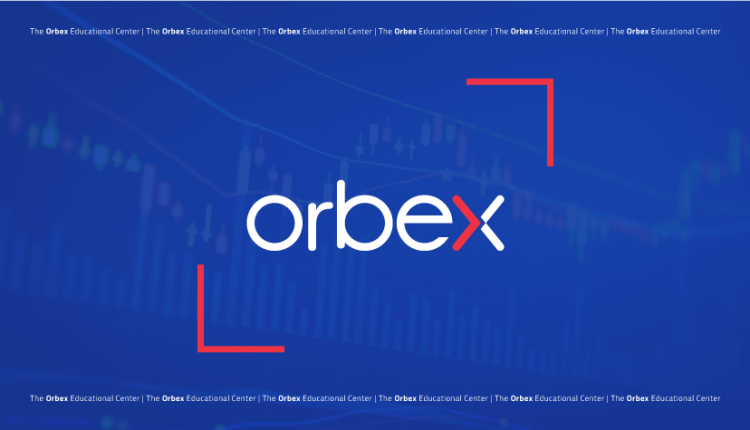The Martingale Trading Strategy

The martingale strategy is an old betting strategy that’s largely gone the way of powdered wigs and horse-drawn carriages. However, it’s worth a mention because different incarnations of it keep resurfacing among people trying to impress novice traders. The reason that the strategy can’t seem to die is because it sounds quite intuitive when first described.
But the reality, unfortunately, is if someone devised a fool-proof way of making money in the markets, everyone would do that, and there would be no need for traders.
So, what is the martingale strategy?
The strategy appeared in the early 17th century, or perhaps earlier, and was originally used for betting on cards. It gained traction as a trick to “beat” the odds at roulette.
The basic idea is that in betting on something with equal odds of winning, you make your first bet, and if it goes your way, great. If you lose the bet, then you bet again, this time doubling the wager, such that you recover your loss and win back what you would originally. If you lose again, then you double again. And so on until you eventually win.
If you have infinite pockets, theoretically this strategy would always work – except, of course, no one has infinite wealth. Eventually you run out of money and, well, lose it all. But, you can see the popular inclination for this theory; the “double or nothing” idea of someone losing on a bet, and betting bigger in a desperate attempt to recover the loss.
Got your risk management sorted? Open your account now!
The even odds problem
Some people might conceptualize trading as a winning versus losing proposition. Your trade either works out, or goes against you. That kinda sounds like a 50:50 bet, and hence the appeal of a risk strategy that was specifically designed to mitigate loss on a 50:50 chance.
However, trading is not really win or loss: while those are the two technical outcomes, the relative size of those wins and losses can and do vary. Just one pip will make your trade profitable – but you can lose thousands of pips. It depends on where you take profit and put your stop loss. It depends on the effectiveness of your prediction of the market. It depends on market volatility.
There are a lot of factors that make the odds of each trade different. So, even the binary idea of winning trades and losing trades might seem intuitive, it’s not a fiscally accurate way of representing trading in general.
It doesn’t work
So, not only does the martingale strategy not work because no one has infinite money, it also doesn’t apply technically to forex. However, understanding how the strategy doesn’t work can be used to give some insight into how to plot your own risk mitigation strategy.
Not only is it important to consider trades as winning and losing, but also to consider the relative degree of loss.
For example, an iteration of the martingale strategy might be something like this: “Always place your take profit twice the distance as your stop loss. That way, your winning trades will make more than your losing trades.”
Sounds good, right?
Well, the chances of ending up a winning trade are not the same as a losing trade; because the market has to go twice as far to trigger your take profit than it does to trigger your stop loss.
Which means the potential risk profile of your take profit is not the same as your stop loss. In fact, by doing this, you could actually be taking a winning strategy and turning it into a losing one by placing your take profits above the range of the market, while keeping your stop losses in range. Your trades will be stopped out a lot more often than they will take profit, leading to an overall loss.
That’s not to say the solution is to always keep your stop losses and take profits equidistant; it’s a matter of factoring in the likelihood the market will go a longer distance in one direction than the other.
If there is one consistency in currency markets, it’s the lack of consistency. Any strategy that relies on rigid consistency – like the martingale strategy – is not going to adapt well to the realities of the market.




